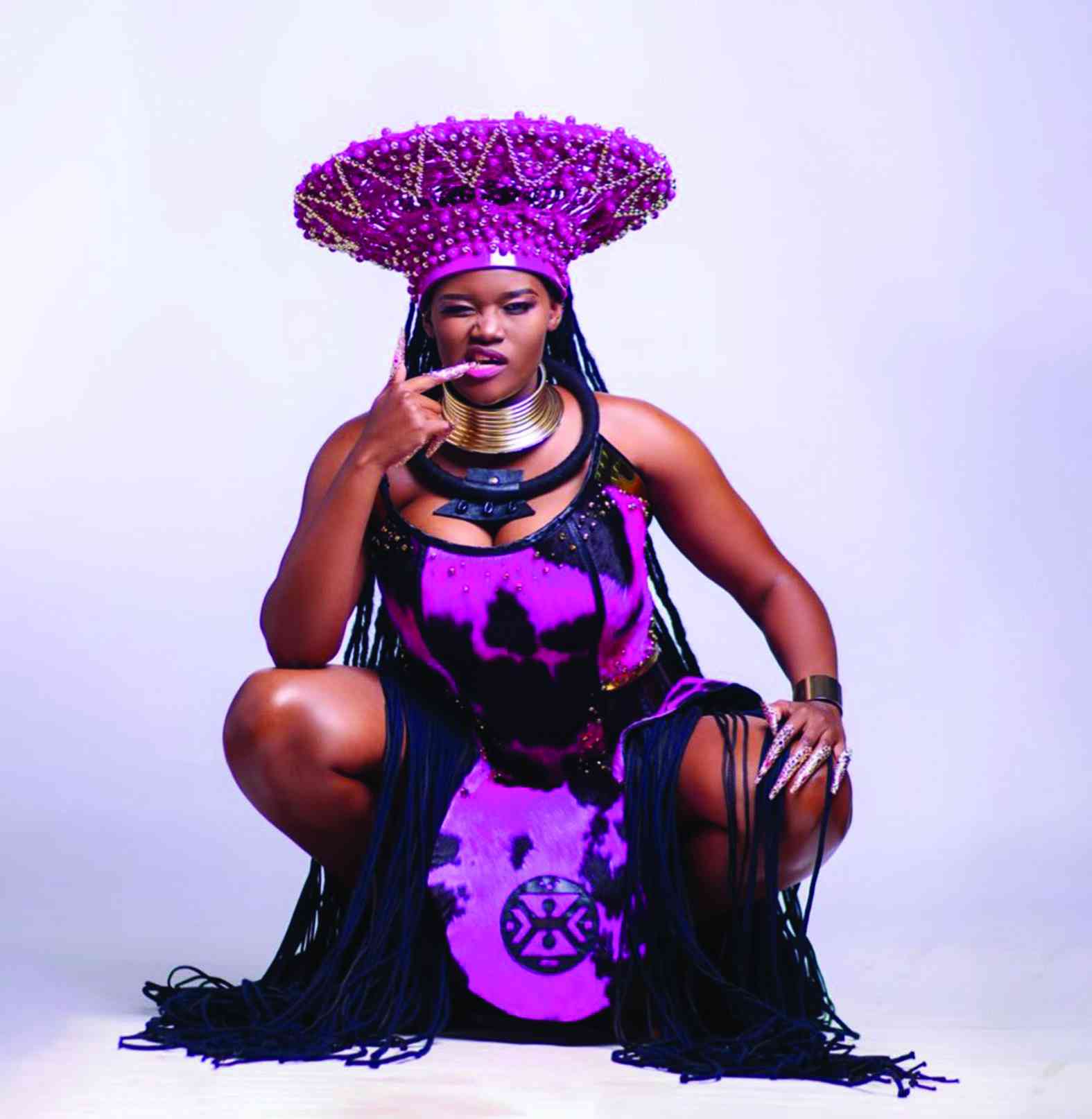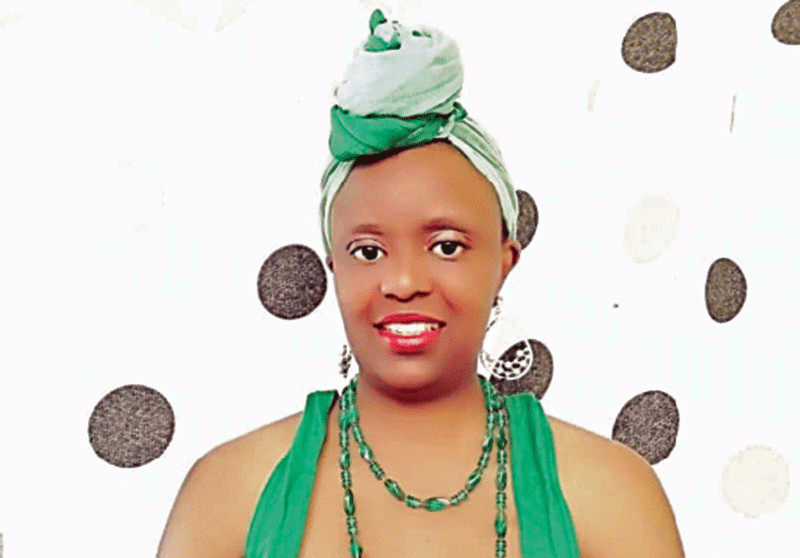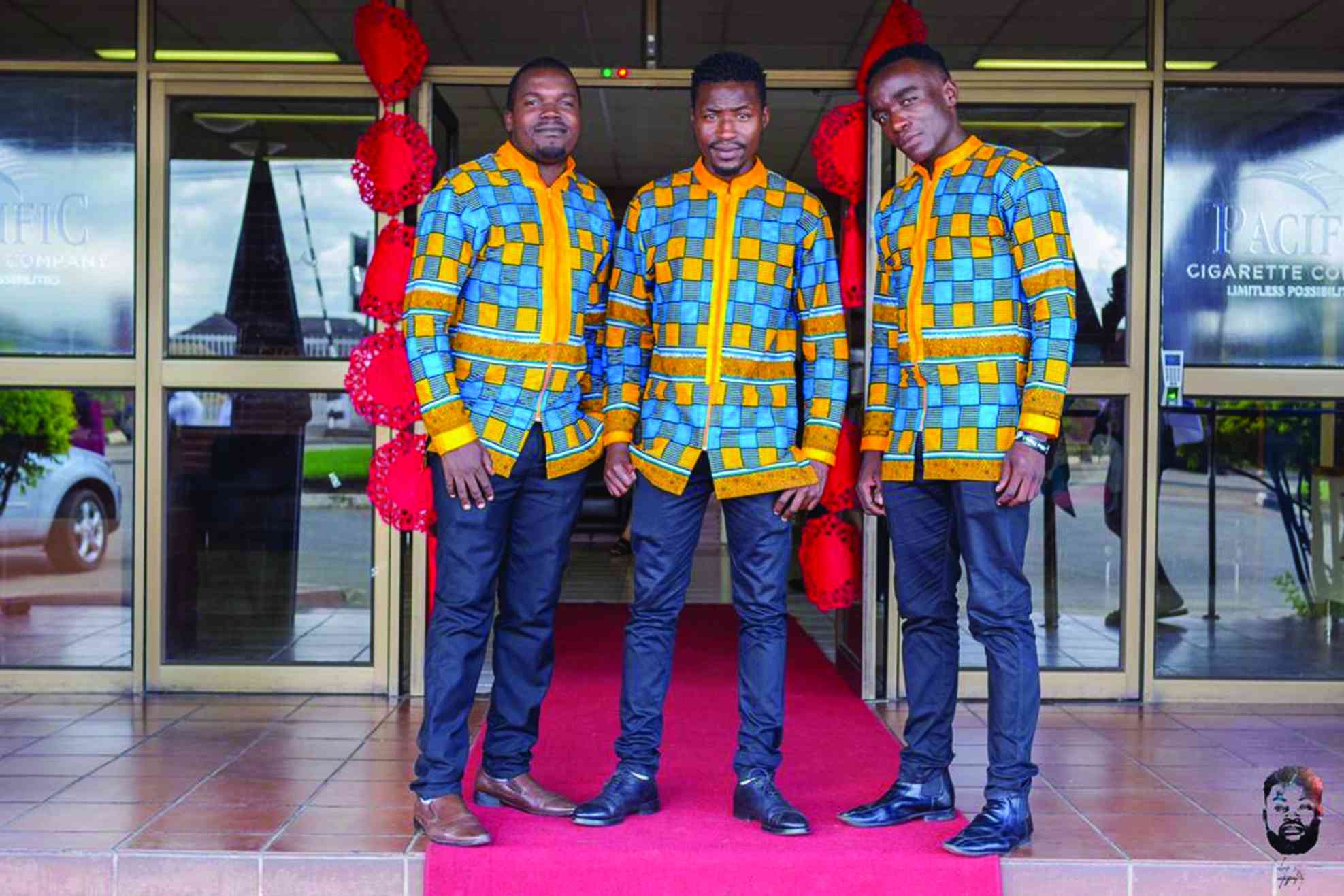
Soundtrack Hector Rufaro Mugani
THE conversation on music genres has recently been a growing issue in Zimbabwe, with a lot of discussions centred on the creation of certain music terms that have become a cause of curiosity.
Urban grooves is a term that came into being in the early 2000s after the 75% local content policy was introduced by the Information ministry. This gave rise to bedroom studios, also resulting in computer-generated music.
There was need to fill up the gap that had been created on the airwaves. A faster music production system was needed, in which the beat producer and the vocalist could make a song overnight for release on radio the following day.
Also, with the worsening economic situation, this was an affordable way of doing things. With a studio microphone and a computer, one would have assembled a whole band. Urban youths worked day-in, day-out on their computers to create as much music as they could. Every genre that had been on radio, among them soul, RnB, reggae, hip-hop, rap and Afro jazz, needed a local replacement.
Quite a number of young musicians like Roki, Mafriq, Sani Makhalima, Tererai Mugwadi, Alexio Kawara, 2BG, Decibel and Innocent Utsiwegota emerged, and had the talent to cover the void that had been created by the new policy.
It is important to note that while this movement was taking place, other young musicians was also creating music, but using bands. They were not labelled urban grooves, and these were the likes of Willom Tight and Dino Mudondo, Africa Revenge, Victor Kunonga, the late Chiwoniso Maraire, including former Information minister Jonathan Moyo’s project, Pax Afro.
Now, I ask again: Is urban grooves a genre or culture? Kawara was once labelled an urban grooves artiste in 2009 after he decided to play with a band at the Harare International Festival of the Arts.
- Chamisa under fire over US$120K donation
- Mavhunga puts DeMbare into Chibuku quarterfinals
- Pension funds bet on Cabora Bassa oilfields
- Councils defy govt fire tender directive
Keep Reading
Kawara spent a good number of weeks rehearsing with a band at the Manneberg and after that he never stopped playing with a live band, and the urban grooves label almost vanished overnight.
With this, let’s look at the definition of a genre.
Genre refers to a style or form of art that involves a set of artistic rules. These rules are guided by the similarities in the artistic texture. These fit a certain model flair. In music, the word genre refers to a conventional category that identifies music pieces to a shared practice or set of rules. It is distinguished by form or style.
The musical form encompasses the arrangement of the musical units of rhythm, melody and harmony, showing repetition or variation. It also involves the type of instrument used.
The form of the urban grooves songs is usually closely related. The arrangement usually has an intro, verse, chorus then an outro. But then, this is a tool used in even rock, mbira, soul and other different types of commercial music.
When we come to urban grooves rhythmic styles, we find reggae, dancehall, soul, RnB, Zim-beats and the list goes on. And each artiste sticks to their rhythmic style, meaning they would be dancehall urban grooves or hip-hop urban groove artistes.
Rhythm is a key pillar of defining genre. For example, merely adding the offbeat chops to a song might alter it to be a reggae song and also by removing them, it might cease to be one.
The moment you start playing a swing-drum rhythm on the mbira song Chemutengure, it becomes a township jazz groove. Urban groove does not have a common rhythmic formula.
One typical song is Bhuka Tiende, a mbira traditional riddim (song), where people sing Mugara Ndega or Hurombo played on Buruka Tiende, a mbira song. Thomas Mapfumo puts it on a reggae tip.
Chiwoniso had an afro-house feel to one and on the same song she has a traditional song. With different form and style, a traditional song may fall into different genres, but still with a traditional influence.
We can look at melodies in two ways. First, the melodic formula. How does the melody move? Are they ascending or descending scales? Or are they arpeggio like? There are scales that each genre of music uses. For example, blue and jazz scales usually have five note scales, but also have an extensive use of scales, where sometimes even the chromatic scale is used.
The second way is the style of singing or melodic use. How they interpret the melody, each genre and music tradition is specific. The singer is expected to bring out their voice. In opera, you sing from the diaphragm, giving a wanted tone, in mbira there is extensive use of throat in the vocals, and in some Norwegian folk music, they use the nose.
In urban groves, some are emcees, while others are lead vocalists, but with the voices in use coming from different music traditions.
The harmonic style varies as well. Harmony is usually created from the melody and music traditions surrounding the creation. And if the melodies are not following a consistent formula then the harmony does not as well.
So, what is it that characterises urban grooves? Is it the cultural aspects or the languages that the musicians use? It is almost like the urban grooves culture gave Zimbabwean music listeners a chance to listen to different music genres in Shona or Ndebele. This means a group could take a Wyclfe tune and replace them with their own lyrics and it became urban grooves. This is like saying the Zimbabwean language would have become a key factor in urban grooves.
The second thing pertains to the use of the computer in the creation and performance of urban groove songs. This is another cultural aspect where the advent of the digital world saw the young urban musicians with access to a computer becoming pioneers in this culture.
This means they would perform using backtracks. This became one of the biggest definitions of urban grooves. Does the urban grooves have a band or is just an urban groove artiste?
BaShupi is another example. Before he would use backtracks to perform, he was labelled an urban groove artiste, especially after recording with Stunner. The moment he started playing with a band, then he became an afro-fusion musician.
There are musicians that do not fit into this category because of failure to conform to a number of urban groove considerations, though they still use computer-generated music and preform with a disc. A number of gospel musicians do the same, most probably using similar beats, but are not considered as urban groove artistes.
It then comes to the message. The message also holds a key position, where most songs are about heartbreaks, love, joy and a young reckless life. The content is mostly about youthful adventurous minds and souls. These include songs like Usadaro by Makalima,Waenda by Mugwadi, Chibhugubhugu by Nesto, featuring Kawara, Chido by Decibel and In My Dreams by Utsiwegota.
The top songs are usually about love, either lost, found or that is being searched.
It seems there is a lack of research and education within the Zimbabwean music industry. People get excited and name things how they want because they can. Talent alone will not take you far. For the industry to be successful, there is a need for the artistes and producers to understand the science, business and culture around the industry.
Dancehall and hip-hop in Zimbabwe take their chronological journey, starting from the 1990s straight through to present day. They even benefited from the existence of the urban grooves culture. They were both part of it, but completely different genres. After a while of shaping the form and style, they finally become Zimdancehall and Zim hip-hop.
The use of the term urban grooves for a music genre seems to be a refusal to categorise music by its characteristic genre, but only through cultural configuration. It comes across as music that does not originate from Zimbabwe or Africa. Is it music from everywhere else, or is it a genre? Food for thought: Is urban grooves a genre or a culture?











